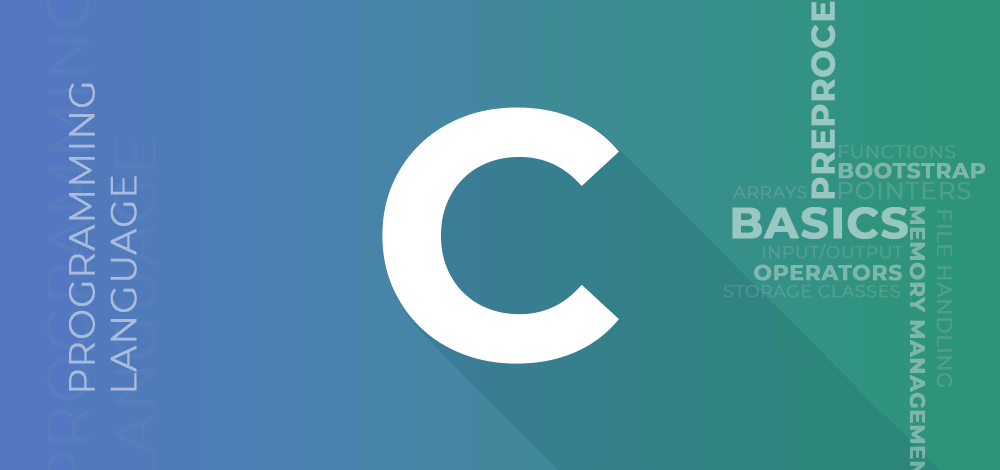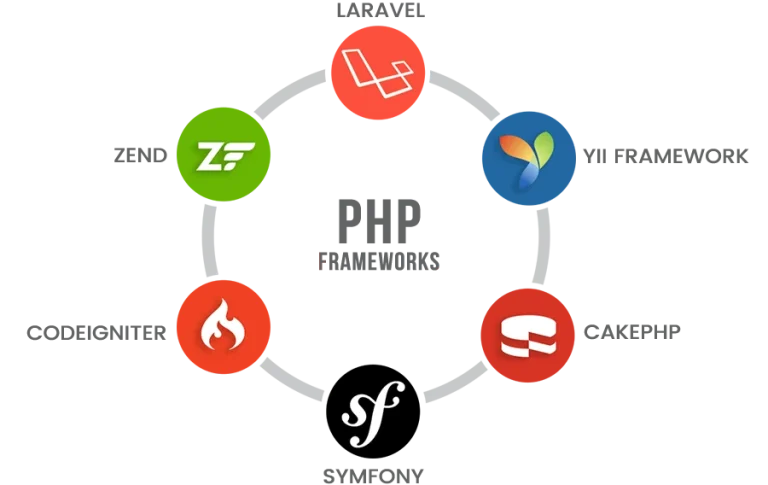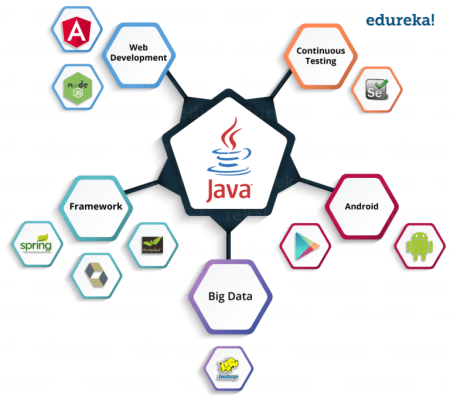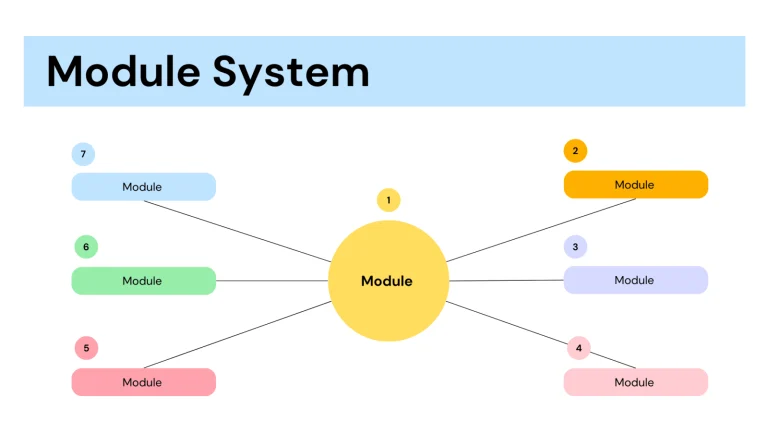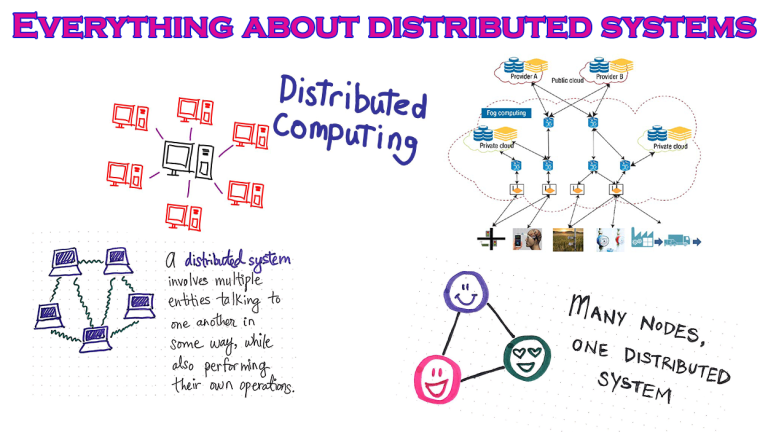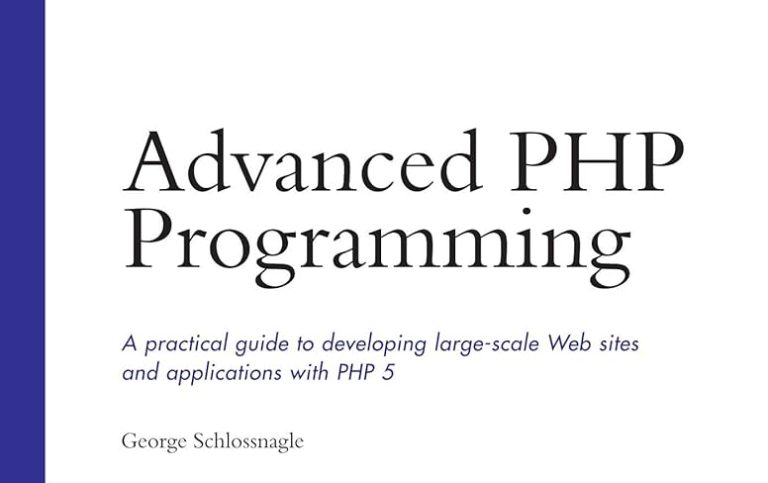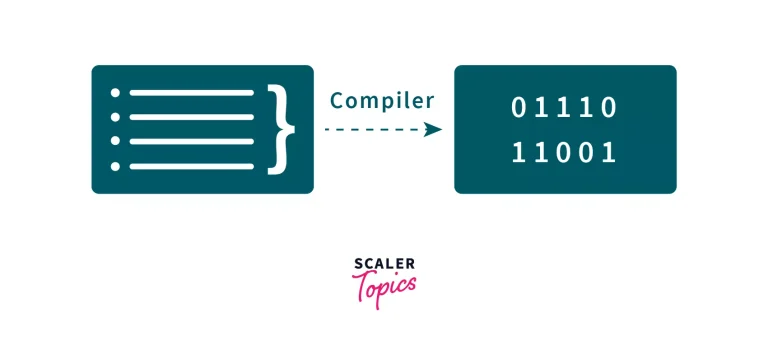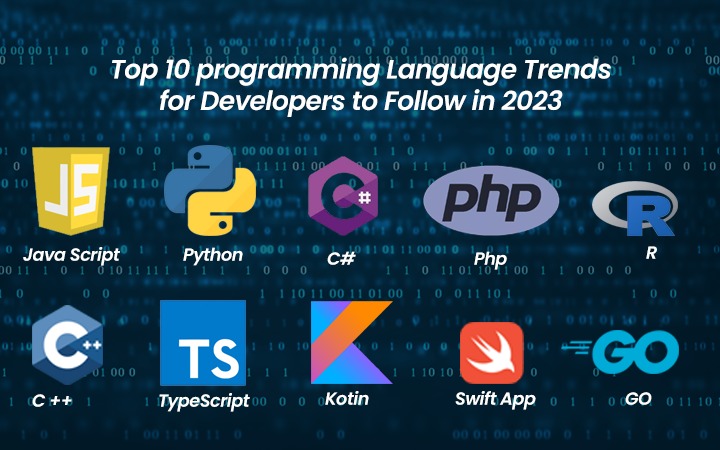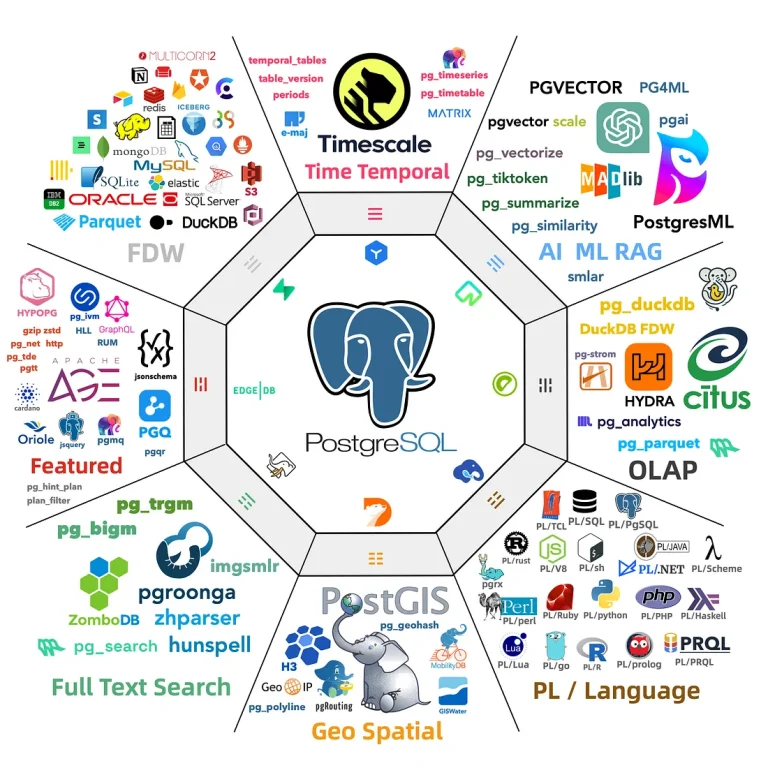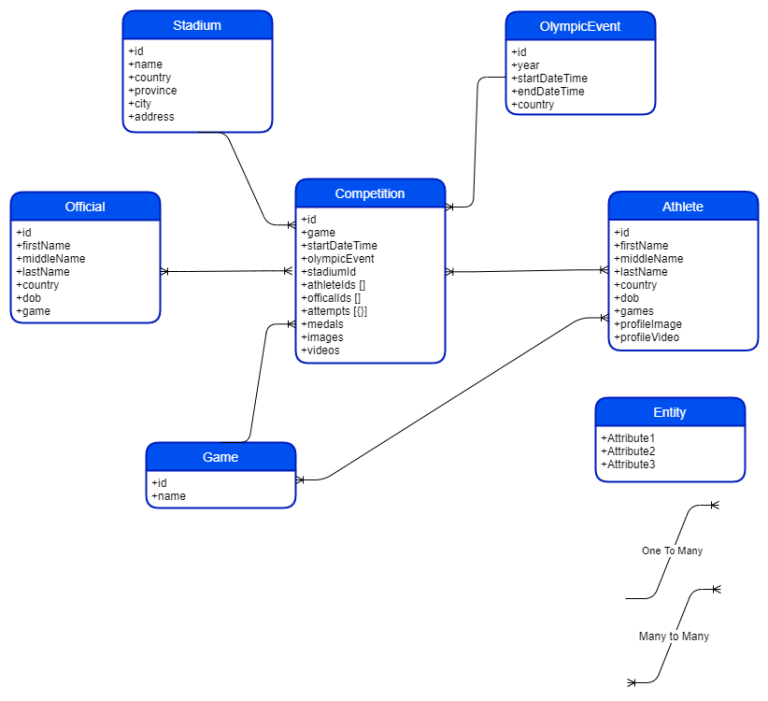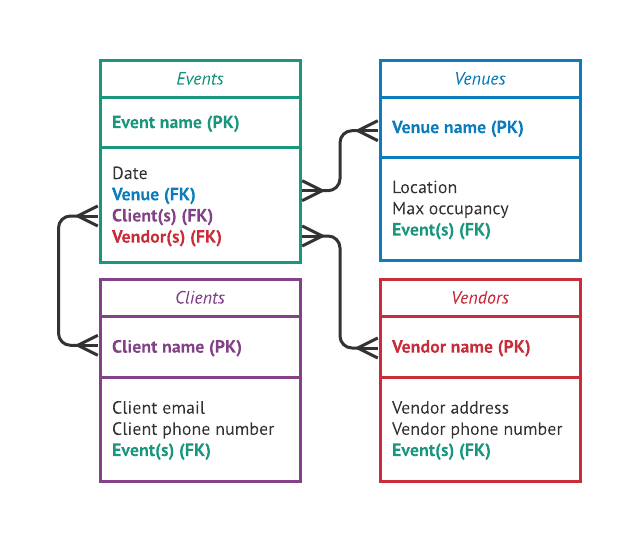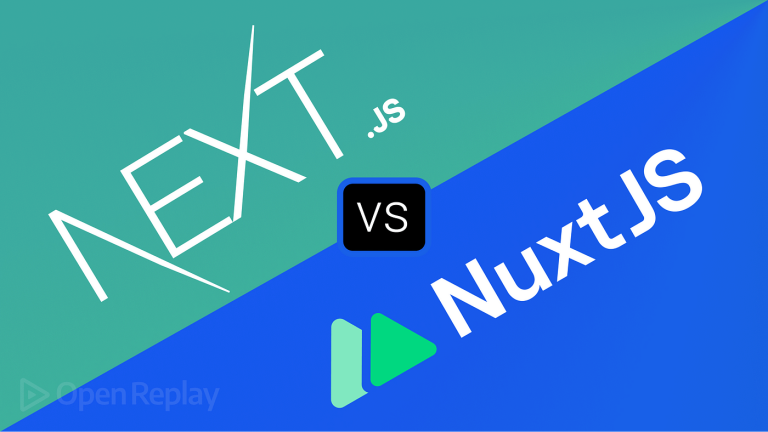Introduction
Microservices architecture has become a dominant paradigm in software development, offering scalability, flexibility, and easier maintenance compared to monolithic systems. While microservices are commonly associated with languages like Java, Python, and Node.js, the utilization of C programming in microservices is an intriguing and powerful approach. In this article, we’ll explore the benefits and considerations of implementing microservices in C programming, shedding light on how this language can contribute to the microservices landscape.
- Efficiency and Performance:
C programming is renowned for its efficiency and high-performance capabilities. In a microservices environment, where each service operates independently, the efficiency of each service becomes crucial. C’s ability to manage system resources and execute operations with minimal overhead is advantageous in scenarios where performance is a top priority, such as handling large-scale data processing or critical system-level tasks. - Low-Level System Access:
Microservices often require low-level system access to interact with hardware components or perform specific operations. C’s capability to interface directly with hardware and manage system-level details makes it well-suited for microservices that need to perform tasks like communication with devices, real-time data processing, or interfacing with specialized hardware. - Memory Management:
Effective memory management is critical in microservices, especially when dealing with a large number of independent services. C’s manual memory management allows developers to have fine-grained control over memory allocation and deallocation, helping to optimize resource usage and avoid memory leaks. - Legacy Integration:
Many organizations have existing systems or components developed in C. Integrating these legacy components into a microservices architecture is seamless when C is used to build new microservices. This allows organizations to leverage the benefits of microservices while preserving and extending the lifespan of their existing C-based solutions. - Real-Time Capabilities:
In applications that require real-time processing, such as financial systems or embedded systems, C’s ability to provide deterministic performance is invaluable. Microservices implemented in C can contribute to low-latency and high-throughput solutions, ensuring timely processing of critical tasks. - Cross-Platform Compatibility:
C is known for its portability, and microservices are often deployed across diverse environments. Code written in C can be easily compiled and executed on various platforms, facilitating the deployment of microservices in hybrid or multi-cloud environments. - Security and Reliability:
Microservices handle discrete functionalities, and security is a paramount concern. C’s emphasis on providing control over system resources contributes to the creation of secure and reliable microservices. Robust error handling and careful resource management in C code can enhance the overall reliability of microservices. - Tooling and Libraries:
C has a rich ecosystem of libraries and tools that can be beneficial in microservices development. Libraries like ZeroMQ for messaging, Libmicrohttpd for HTTP server functionality, and cJSON for JSON parsing are examples of C libraries that can be seamlessly integrated into microservices implementations.
Code Sample Microservice in C Programming
Creating a microservice in C involves implementing a simple example to showcase the basic principles. In this example, we’ll create a minimal microservice using C and a lightweight HTTP server library called Libmicrohttpd. This microservice will expose a RESTful endpoint to retrieve information.
// main.c
#include <microhttpd.h>
#include <stdio.h>
#include <string.h>
#define PORT 8080
// Callback function to handle HTTP requests
static int request_handler(
void *cls,
struct MHD_Connection *connection,
const char *url,
const char *method,
const char *version,
const char *upload_data,
size_t *upload_data_size,
void **con_cls) {
const char *response = "Hello from the C Microservice!";
struct MHD_Response *mhd_response;
int ret;
mhd_response = MHD_create_response_from_buffer(strlen(response), (void *)response, MHD_RESPMEM_MUST_COPY);
ret = MHD_queue_response(connection, MHD_HTTP_OK, mhd_response);
MHD_destroy_response(mhd_response);
return ret;
}
int main() {
struct MHD_Daemon *daemon;
// Start the HTTP server
daemon = MHD_start_daemon(
MHD_USE_SELECT_INTERNALLY,
PORT,
NULL,
NULL,
&request_handler,
NULL,
MHD_OPTION_END);
if (daemon == NULL) {
fprintf(stderr, "Error: Could not start the server.\n");
return 1;
}
printf("Microservice running on port %d...\n", PORT);
getchar(); // Press Enter to stop the microservice
// Stop the HTTP server
MHD_stop_daemon(daemon);
return 0;
}In this code:
- We include the necessary headers for Libmicrohttpd and standard I/O operations.
- We define the port number (PORT) on which the microservice will run.
- The
request_handlerfunction is a callback that Libmicrohttpd will invoke for each incoming HTTP request. In this simple example, it always responds with a “Hello from the C Microservice!” message. - In the
mainfunction, we start the HTTP server usingMHD_start_daemon. - The server runs until the user presses Enter, at which point we stop the daemon using
MHD_stop_daemon.
To compile and run this program, you’ll need to have Libmicrohttpd installed. On a Linux system, you can typically install it using your package manager (e.g., sudo apt-get install libmicrohttpd-dev). Then, compile the program using:
gcc main.c -o microservice -lmicrohttpd
Run the compiled executable:
./microservice
Visit http://localhost:8080 in your web browser or use a tool like curl to make a request:
curl http://localhost:8080
This basic example demonstrates the core principles of a C-based microservice using Libmicrohttpd. Depending on your project requirements, you can expand and enhance this microservice to include features such as handling different HTTP methods, interacting with databases, or communicating with other microservices.
Conclusion
While C programming might not be the first language that comes to mind when thinking about microservices, its efficiency, low-level capabilities, and integration potential make it a compelling choice. As organizations explore ways to modernize their systems and adopt microservices architecture, C programming stands out as a reliable and powerful tool to address specific challenges, particularly in scenarios where performance, real-time capabilities, and legacy integration are paramount. The strategic use of C in microservices can unlock a new realm of possibilities, providing a robust foundation for scalable, efficient, and high-performance microservices ecosystems.

